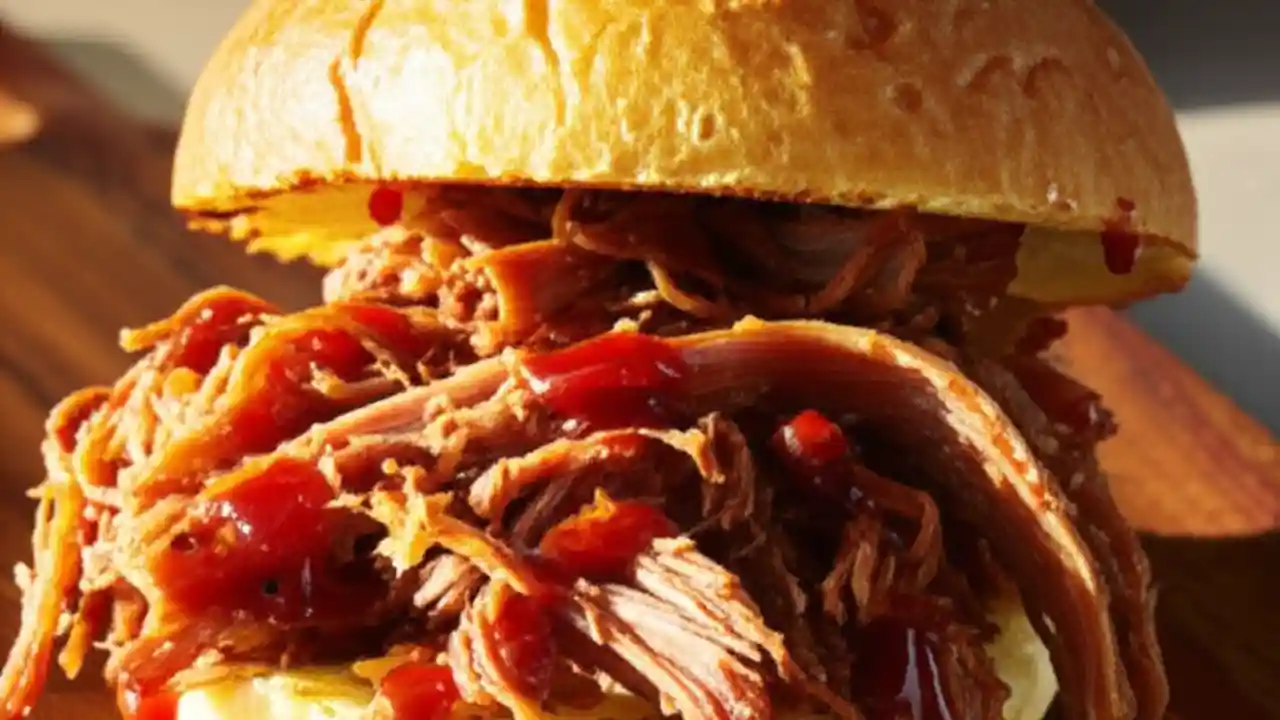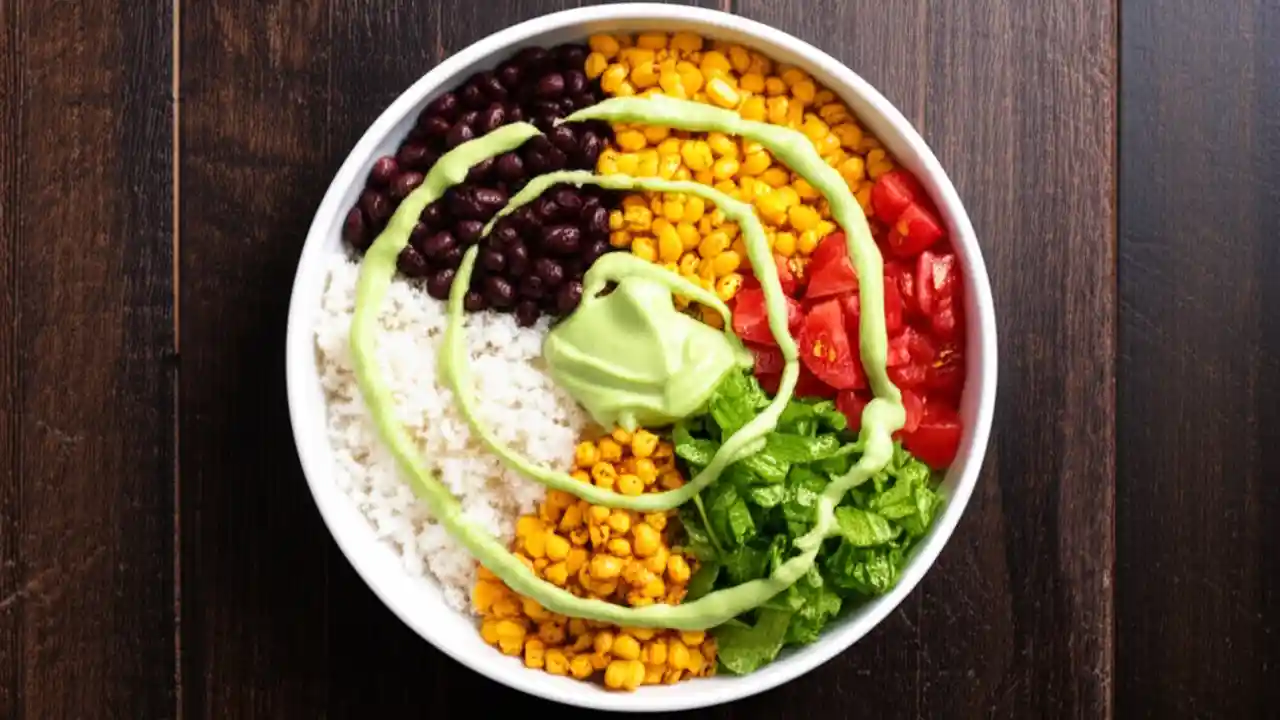James
Hi, I'm James! I believe a great lifestyle is built on simple joys. I’m here to share my go-to recipes, drinks, and tips for healthy living, to help you find more of them every day.

The first time I attempted a Grasshopper Pie, it was an absolute disaster. The crust was crumbly, the filling was strangely soupy, and the mint flavor tasted more like toothpaste than a refreshing dessert. It was a disheartening flop, especially since I'd always been captivated by its vibrant green hue and the promise of a cool, creamy indulgence. That initial failure, however, ignited a fierce determination in me. I spent months, no, *years*, meticulously experimenting with every single component: different chocolate cookie brands, various forms of mint, gelatin ratios, and chilling techniques. What I finally discovered, after countless trials and tribulations, was that the true secret lies not just in the ingredients themselves, but in their *quality* and, crucially, the *temperature management* throughout the entire process. Maintaining precise temperatures, especially when incorporating the liqueurs and chilling the pie, ensures that perfect, sliceable consistency and a balanced flavor that sings with cool mint and rich chocolate, rather than screaming artificial.
It took me years, and I mean *years*, to crack the code on truly fudgy brownies. I was haunted by batches that turned out dry, cakey, or just plain boring. My kitchen saw more brownie failures than I care to admit. The turning point came when I stopped treating butter and oil as an either/or choice. I discovered that using both is the non-negotiable secret. Melted butter provides that rich, nutty flavor we all crave, while a neutral oil guarantees a dense, chewy, and intensely fudgy texture that lasts for days.
I can't count the number of times I've craved lo mein, ordered takeout, and been met with a greasy, underwhelming container of noodles. For years, my homemade attempts weren't much better—either the sauce was bland or the noodles turned to mush. It was frustrating. The breakthrough came when I stopped treating the sauce like a simmering liquid and started treating it like a finishing glaze.
There's a cozy, comforting alchemy that happens when simple, wholesome ingredients come together to create something truly extraordinary. For years, I chased that elusive perfect bowl of lentil stew – the kind that warms you from the inside out, tastes even better the next day, and somehow feels both hearty and light. I tried countless variations, from minimalist approaches to overly complex concoctions, often ending up with a watery, bland, or mushy mess. My breakthrough came not from an exotic spice or a rare vegetable, but from a seemingly minor adjustment: **toasting the lentils and spices before adding liquids.** This simple step, overlooked in so many recipes, unlocks a depth of flavor and a rich, nutty aroma that transforms the humble lentil into the star it was always meant to be. It prevents that common "flat" taste, ensuring every spoonful is bursting with earthy goodness and warmth.
There's a reason some recipes become household legends, passed down through generations. For me, the journey to the ultimate "Creamy Garlic Parmesan Chicken" was a quest born from countless dinners that just... missed the mark. I remember one particularly bland Tuesday evening, staring at a plate of overcooked chicken and a watery, flavorless sauce. It was disheartening. I knew there had to be a way to achieve that elusive, restaurant-quality richness and tenderness right in my own kitchen.
I've spent years chasing that perfect, restaurant-quality Mongolian Beef at home. For the longest time, my attempts ended in disappointment: the beef was either tough and chewy, or the sauce was a one-note, overly sweet syrup. It was frustrating. I knew there had to be a secret I was missing, something beyond just a good cut of meat.
Let's be honest, the mere mention of "pork chops" often conjures images of dry, rubbery disappointments. I've been there. For years, I wrestled with pork chops, trying every brine, every marinade, only to end up with something that barely resembled the succulent, flavorful dish I craved. It was a culinary Everest I seemed destined never to conquer, especially when adding the complexity of stuffing.
Let's talk about pulled pork. For years, mine was... fine. It was edible, sure, but it never had that soul-satisfying, melt-in-your-mouth quality I craved from the best BBQ joints. It was often a little bland, sometimes even a bit dry. I tried everything: different sodas, complex marinades, and every spice blend under the sun. The turning point came when I questioned the most common piece of advice: drowning the pork in liquid.
"James, I made these grilled pork chops last night, and my husband, who's usually picky about pork, devoured two! He kept saying, 'These are actually juicy!' The simple brine really makes all the difference. This recipe is a keeper for sure."
I'll never forget the first dozen vegetarian burrito bowls I made. They were... fine. But they were never *great*. They always missed that vibrant, can't-stop-eating quality you get at a place like Chipotle. My rice was bland, my beans were just beans, and the whole thing often ended up a bit watery. It was frustrating. I knew the potential was there, but the magic was missing.












